Cartmel Priory
Atmospheric Cartmel Priory is perhaps one of the finest ecclesiastical buildings in the north of England. An Augustinian Priory, it was founded in 1189 by William Marshall, Baron of Cartmel, later created Earl of Pembroke and appointed Regent of England during the minority of King Henry III. Marshall stipulated that the foundation should remain a priory, and never be elevated to an abbey.
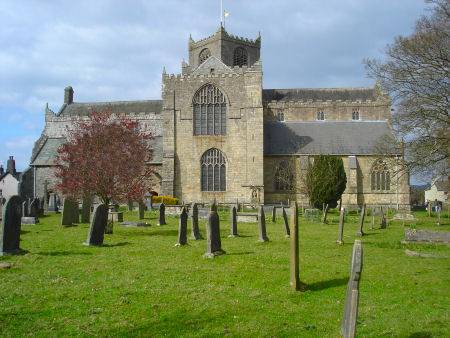
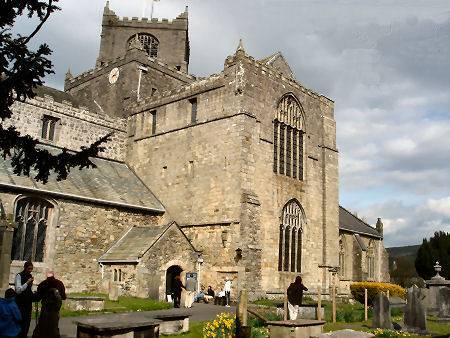
Along with many other religious houses in England, Cartmel Priory suffered extensive damage at the time of Henry VIII's religious reforms which resulted in the iconoclasm of the Dissolution of the Monasteries (1536-37). Four of the monks were hanged, along with ten villagers who had supported them. The whole of the Priory's property was appropriated by the Crown, and the lead stripped from the roof.
In the normal course of events, the church and priory would then have been duly demolished, however, William Marshall had granted an altar in the church as a gift to the village. The villagers petitioned the government to be allowed to keep the church, without which they would be deprived of a place of worship, and Henry VIII aceeded to their request. Until 1618, the villagers continued to attend services in the choir while the rain penetrated where the roof of the nave had once been. The condition of the priory buildings deteriorated over the proceeding century, until George Preston of nearby Holker Hall re-roofed the church.
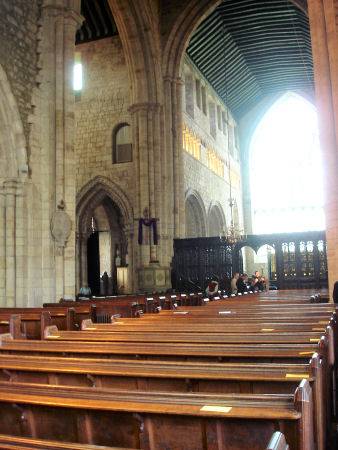
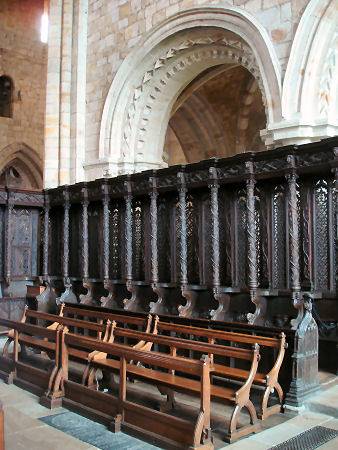
The door in the south west corner of the priory is known as Cromwell's door, and is still marked with bullet holes said to have been the result of indignant villagers who opened fire on Oliver Cromwell's Roundhead troops, when they stabled their horses in the nave.
The Gatehouse is the only one of the domestic buildings to survive. The oldest parts of the priory are the chancel, transepts, the south doorway, and part of the north wall of the nave, built in what is known as the transitional style, when Norman church architecture was evolving into the Early English style.
The large and beautiful east window, which almost fills the east wall, still retains its 15th century stained glass. Three of the large lights, and sections of the upper tracery contain medieval glass which were painstakenly pieced together from fragments. The window depicts an archbishop, the Virgin, and St John Baptist.
The Priory's huge East Window
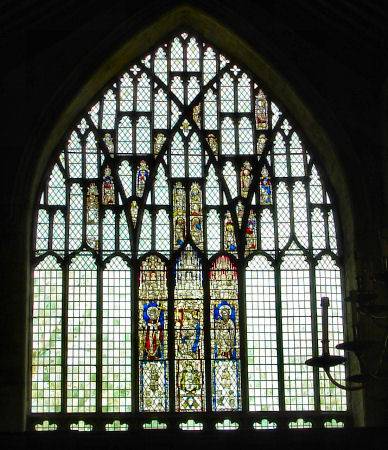
The Harrington Tomb, which is situated in the archway to the south chapel, is a monument to John Harrington, who died in 1347. It is today but half its original size, but has been described as 'one of the best of its date in England.'
The Harrington Tomb
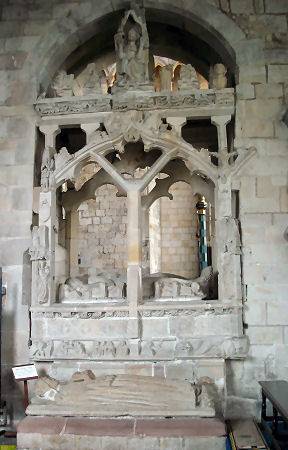
The ancient choir stalls, parts of which date from around 1450, also fortunately still survive. Each has a misericord. The west screen and stall backs were presented to the Priory by George Preston, and date from between 1618 -1622. They probably replaced the medieval backs that had been damaged after the Dissolution.
The gatehouse, which opens onto the village square, dates from around 1330 -1340 and now serves as the Cartmel Heitage Centre. It hosts exhibitions depicting the history of the monastery and the village. It has been owned by the National Trust since 1946.
Abbeys and Churches of Cumbria
External Links
King Henry VIII and the Dissolution of the Monasteries
